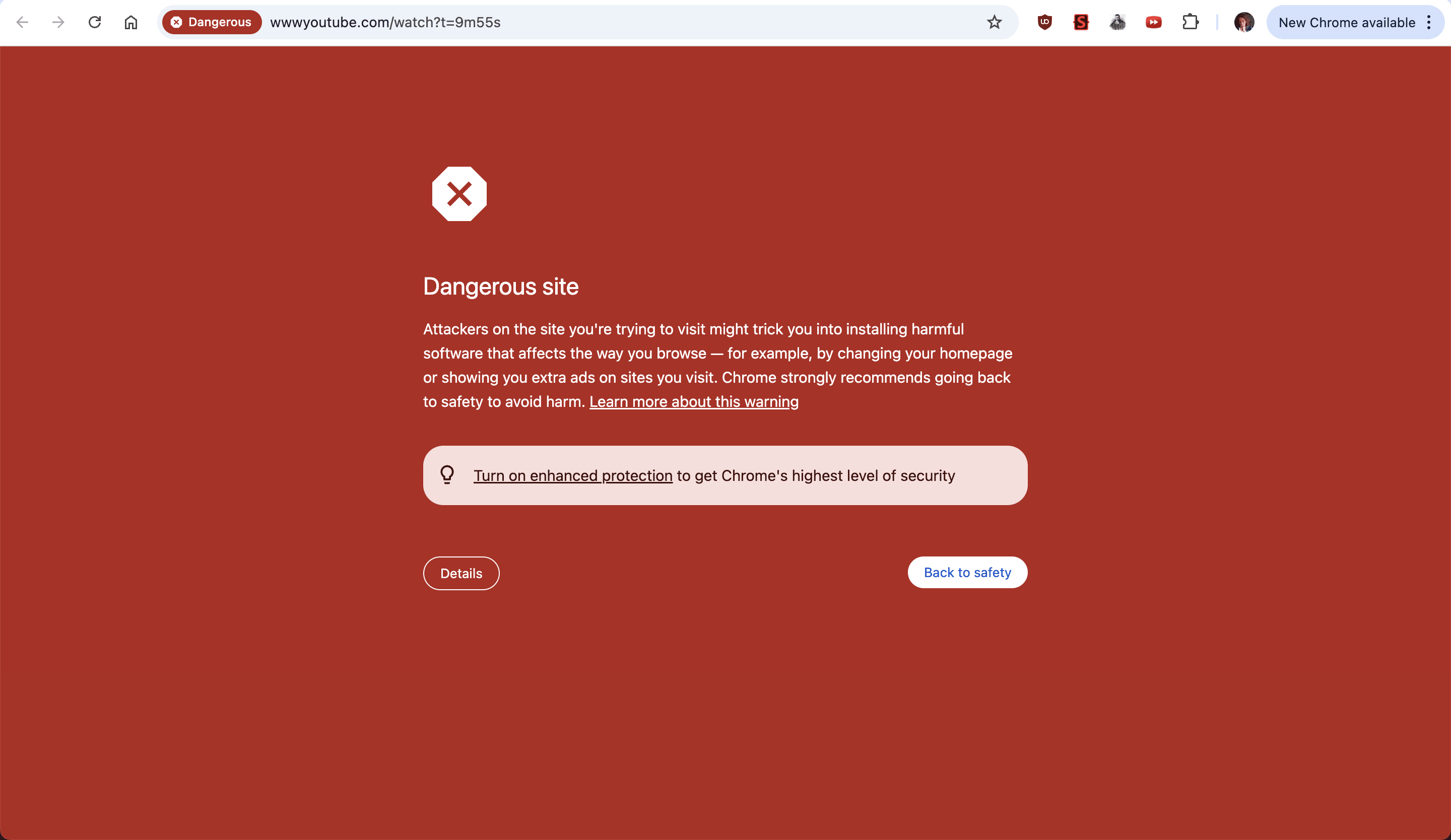Here’s a scenario:
Electricity grids fail across one or more continents for a year. This could happen because right now the Earth magnetic field is weakening, and could eventually let through a corona burst that damages hard-to-replace voltage transformers. See interview 1.
Hundreds of nuclear reactors there start losing water. Water evaporates from pools that crack under the heat of radioactive waste piled up over years of reactor use. Each site undergoes a meltdown much worse than Chernobyl, which was mostly still contained by firefighters. The intense heat blows radioactive isotopes up into the atmosphere, that then get carried off by the wind. See interview 2.
Humans and other animals across the world die from taking in poisonous radioactive isotopes. High levels of ionising radiation cause so much cell damage (modifications of complex chemistry process, DNA and RNA damage) that the persons get sick (nausea, digestion falters, hair loss) and then die over days or weeks.
Has anyone in this community looked into specifics of this scenario? If so, what did you find out?
Bret Weinstein discusses it in the two interviews linked above. I talked with another researcher who said he had read through and verified Bret’s argumentation years ago when they were in contact. But it’s weird that I cannot find even a good written summary of Bret’s argument online (I do see lots of political podcasts). I found an earlier scenario written by Bret that covers just one nuclear power plant failing and that does not discuss the risk of a weakening magnetic field.
Two apparently cost-effective interventions mentioned in the interviews are moving nuclear waste already stored in pools for 5 years into dry casket storage and strengthening voltage transformers against current fluctuations against ionising radiation. The case here is that something like the scenario above could be as disastrous as runaway climate change, yet the mitigating interventions are relatively straightforward and neglected.

I explored similar scenario here: https://philarchive.org/rec/TURTFO-14
TL;DR: “around 176 000 direct fatalities and 220 million latent fatalities from cancer. Not good, but not an extinction-level event.”
A nuclear attack on nuclear power stations
There are around 440 active reactors in the world and the number is not changing since 1988. But energy demands suggest the possibility of a new nuclear renaissance and that much more nuclear power stations will be built.
The worst possible scenario could be imagined: during a war, nuclear-tipped ballistic and cruise missiles are launched at all known nuclear facilities (reactors and spent fuel storage facilities) in all countries. For example, North Korea has threatened to attack Japanese nuclear power reactors.
It was estimated that a 1 megaton bomb is needed to vaporize a nuclear power station and send whole its radioactive materials into the atmosphere. See an interesting discussion of this question here.
However, the main danger is the spent fuel pools which easily could catch fire if left unattended without water, and surely will be damaged after even the smallest nuclear attack. Almost every nuclear power station has such a pool. As an author on Quora said: “To put the extremity of the possible release in perspective at Fukushima, the spent fuel in pool #4 had the potential to release 22 times the amount of radiation into the environment as compared to Chornobyl (#4 pool 568 megacuries vs Chornobyl 25 megacuries). The Fukushima spent fuel pools in total had the potential to release 66 times the radioactivity of Chornobyl and there are hundreds of such sites around the world.” If a pool in Fukushima catch fire, Tokio would have to be evacuated.
The biggest part of accumulated radioactivity is in the spent fuel storages. 240,000 tons of it exist in the world. The total radioactivity of it is 28 billion Tbk (2.8x1022 atom disintegration events per second), according to “Estimation of Global Inventories of Radioactive Waste and Other Radioactive Materials”. The total radioactivity of global spent fuel is 40 000 times more than that of all military sources. Chornobyl accident produced 2 x 1018 becquerels, or 10 000 times less than the total radioactivity of the spent fuel in the world.
An interesting article tries to estimate the consequences of the worst-case reactor incidents: “Importance of severe accidents radiological releases and definition of large damage.” It shows that the complete destruction of a large reactor will cause only 45 direct fatalities but around 50 000 latent fatalities due to cancer. The total destruction of a reactor will release 30 times more nucleotides than Chornobyl did. If we want to get total global fatalities in case all nuclear power reactors will be destroyed, we need to multiply these fatalities estimates by 440 (number of the reactors) and then by 10 – this comes from spent fuel pools. This will give around 176 000 direct fatalities and 220 million latent fatalities from cancer. Not good, but not an extinction-level event.
If this spent fuel will be disseminated all over the world, it will give 5x107 Becquerel’s per sq. m. (EPA norm is 7400 Bk per sq. m. or 1000 times less.) It is not easy to directly convert this into exposition dose in rads. One claim is that topsoil always has 1 curie (=3.7x1010 Bk) per sq. mile of natural radium on the depth to 1 foot, according to this document, which is around 104 per sq. meter, or 1000 times less than what would be produced by a global attack on spent fuel depots. If man natural radioactivity is around 15 mcR-hour and comes mostly from radium, now it will be 15 000 mcR-hour (or 120 R in a year), but it is the upper estimate, as there are other natural sources.
This was an interesting read, thank you.